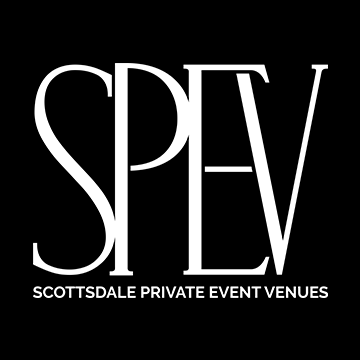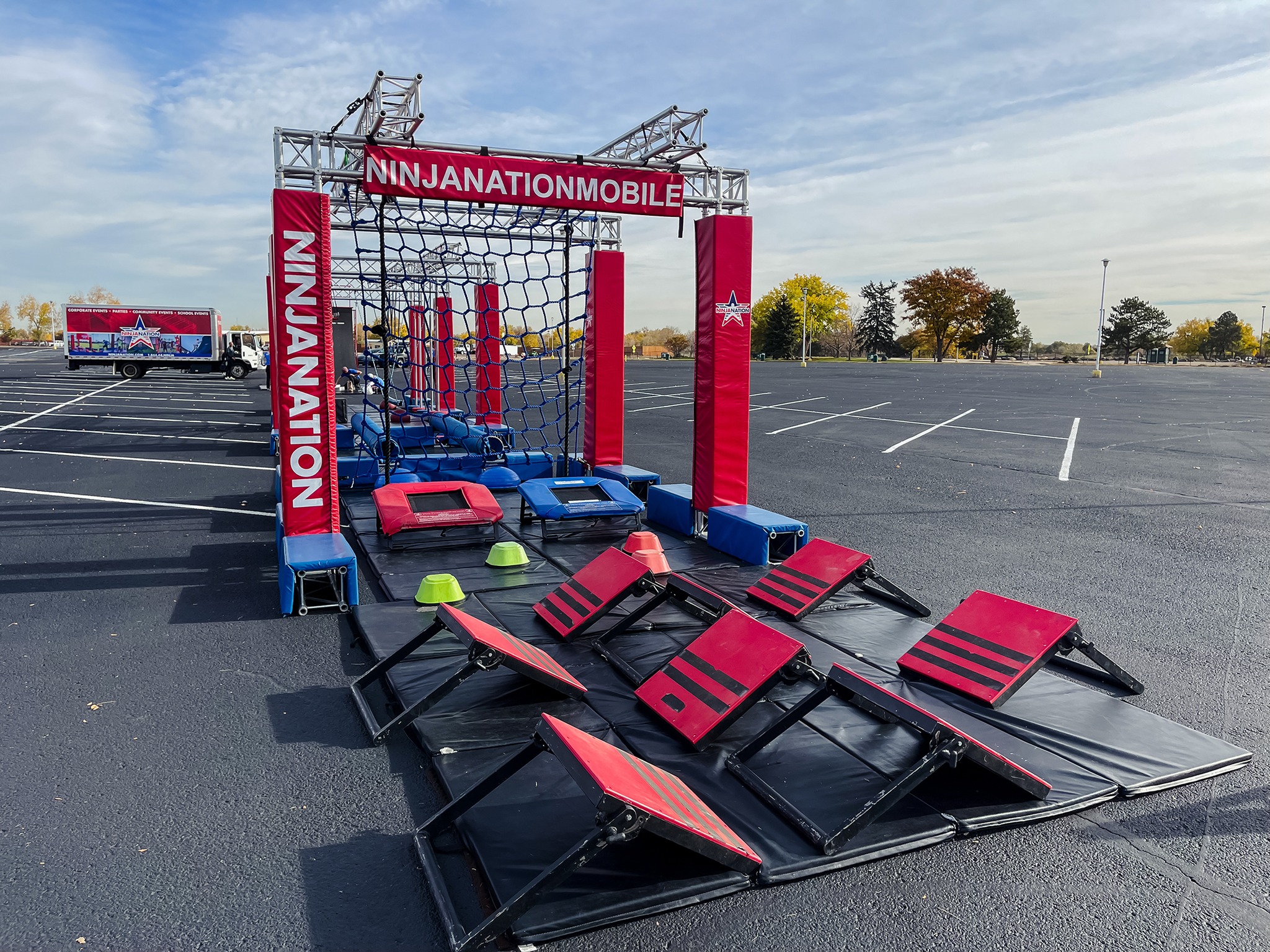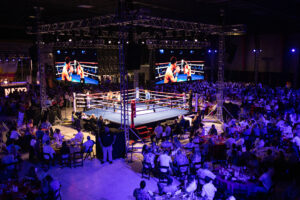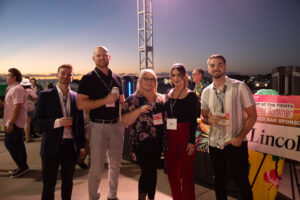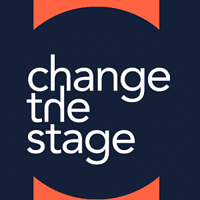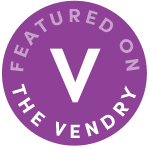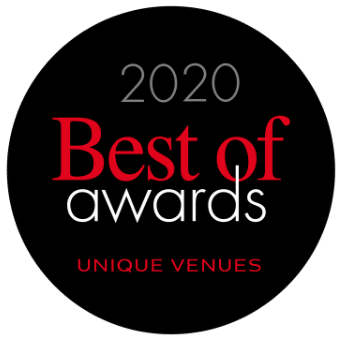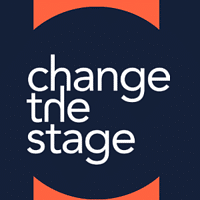New Generation Meeting Space
A primary purpose of meetings has always been to provide education as well as business and social opportunities. In recent years new formats are emerging in order to adapt meetings to the new business and consumer reality. The new generation meeting space is all about interactivity, connectivity, collaboration, privacy and comfort.
The setting is an important element which prepares the participants for the objectives and influences the dynamics and outcome of the meeting. The type and orientation of furniture as well as the density of space play a crucial role in supporting the chosen activity – networking, lecture, discussion, brainstorming etc. The setting depends on the culture and the hierarchy of the organisation as well as on the purpose of the meeting and its agenda.
According to Dr. Marla Gottschalk, an industrial and organisational psychologist who analyses how workspaces can influence behaviour, “n often overlooked driver of organizational change – our visual surroundings can energize us to become more creative, innovative and engaged.” Even though creativity is a subjective matter, existing studies support the idea that environments which are perceived as creative inspire and motivate individuals. In this context, creative meeting spaces can help planners prepare participants for the experience to come and inspire particular behaviours.
New standards for best practice
Standard requirements for space, setting and design for meetings are changing – many companies are moving away from the sterile corporate environment in favour of creative or unusual spaces. New standards for set-up and interior design aim at making meetings more casual and interactive. The traditional meeting room is being replaced with a residential look, dynamic spaces and customizable workstations. There is also a growing trend of incorporating outdoor elements into events or holding meetings outdoors. All these approaches are intended to enhance the dynamics, provoke unusual discussions and create memorable experiences.
Zoning
Another major consideration is the need to accommodate various behaviours, learning and working styles within the same meeting environment. Generally, the architecture of meeting space provides common areas for lectures, collaboration, networking and entertainment. These activities usually involve high density of people and dynamic communication, and such surroundings may have an adverse effect on some participants. Open spaces are ideal for collaboration but providing niches for private conversations and individual work is also very important. Modern meeting design solutions propose a balanced space with zones for working, networking and privacy.
Flexibility
Research shows that people engage in activities as a result of their surroundings. Experts recommend dynamic environments with sufficient circulation space which allow free movement. Taking it a step further, flexible furniture allows participants to transform and adapt the space to the changing dynamics of the meeting. Modular and manipulative design elements make the space adaptable to different companies, audiences and meeting objectives. Furthermore, appealing to the creative mind of participants can lead to the creation of truly meaningful experiences and much deeper engagement.
Digital technology
Interactive meeting spaces and art installations with cutting-edge technology accommodate the growing participatory culture and the demand for experiences.
Smart materials
In recent years, a new class of materials is gaining popularity. The Smart materials include plastics that change shape, paints that conduct electricity, pigments that change colour and fabrics that light up. Any Smart products are already being used in architecture and interior design, however, introduction to mass markets could have a huge impact on experiential design as they allow participants to come into direct contact with objects and equipment and manipulate their properties through external stimuli. Smart materials have the potential to drastically change the meeting experience as they appeal to a more basic form of interaction between humans and technology.
It’s all about… multi functionality
Meeting space design is inextricably linked to the meeting format and vice versa. In order to inspire involvement, learning, networking, productivity, interaction and creativity. Modern meeting planners need to look beyond mono-functional design solutions.
Meeting participants
Meeting participants are often people from different walks of life. And therefore, creating the optimal space and design features can be a challenge despite the common purpose of the meeting. The recipe for success: know your audience and try to envision how they would respond to subtle or subconscious cues. But above all, always try to innovate while keeping the greater context in mind. So that the meeting achieves its ultimate purpose.
